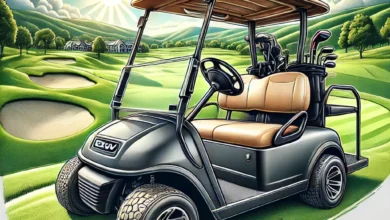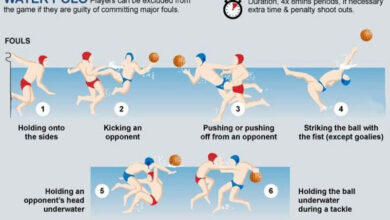
The bike chain may appear to be a small component, but it holds great importance in the anatomy of a bicycle. Whether you’re an avid cyclist, a bike enthusiast, or someone who uses their bike primarily for fitness commuting, understanding the intricacies of your bike chain can make a significant difference in your cycling experience.
The Critical Role of a Bike Chain
A bike chain is crucial as it transfers the power generated by the cyclist’s legs directly to the wheels, propelling the bicycle forward. It’s a core part of the drivetrain system, a marvel in the world of mechanics for its simplicity and efficiency. Without it, the energy exerted would not translate into motion, rendering the bicycle stationary.
Choosing the Right Bike Chain
Not all bike chains are created equal, and with a variety of bicycles available, the chain you choose must be compatible with your bike’s gears. A standard road bike chain typically measures 1/2 inch between the pins and 3/32 inch in width. These dimensions may vary for mountain bikes or more specialized bicycles.
Chain Compatibility
When selecting a bike chain, ensure that it matches the number of gears on your bike. An 8-speed bike will need an 8-speed chain, and so on. Using the wrong chain can result in poor gear shifting and can cause wear and tear on your sprockets and chainrings.
Quality and Durability
High-quality chains are made from hardened steel and sometimes feature coatings to resist rust and reduce wear. Investing in a superior chain can mean less maintenance and a longer lifespan.
Maintaining Your Bike Chain
Maintenance is key to prolonging the life of your bike chain. Regular cleaning and lubrication can prevent the build-up of dirt and grime, which are common culprits for chain wear. Here are some tips for keeping your bike chain in top condition:
Cleaning Your Chain
You don’t need specialty tools for a basic clean. Removing the chain from your bike, using a brush and a degreaser can effectively get rid of accumulated debris. There are also chain-cleaning devices that can clean your chain without having to remove it.
Lubrication
Once your chain is clean, apply a suitable lubricant. The choice of lubricant often depends on the conditions in which you ride. Wet lubes are best for rainy environments while dry lubes are ideal for dry conditions. Apply lubricant sparingly to each link and wipe off the excess to prevent attracting dirt.
When to Replace a Bike Chain
Bike chains don’t last forever and should be replaced periodically to prevent excessive wear and potential damage to other parts of the drivetrain. A common method to check for wear is to measure the chain with a ruler. If a 12-inch length of chain has stretched by 1/16 inch or more, it’s time for a new chain.
Signs of a Worn Chain
Bikes will often give signals when the chain needs replacing. Difficulty in shifting gears, a slipping chain, or a noisy drivetrain are tell-tale signs. Don’t wait until these symptoms affect your ride – be proactive in assessing your chain’s condition.
Innovation in Bike Chains
The bike industry is continually evolving, and the humble bike chain is no exception. From the classic roller chain to the more modern belt drive, developments are aimed at reducing maintenance and increasing efficiency. Some models now offer reduced friction, lighter weights, and even self-lubricating technologies.
The Future of Chains
Market innovations like the ceramic-coated chain promise increased efficiency and a smoother ride. Although these advancements come at a price, they represent the future of cycling, combining durability with performance enhancements.
Conclusion
Your bike’s chain is an engineering feat that deserves as much attention as any other part of your bike. Proper maintenance, timely replacement, and staying abreast of industry advancements can make a noticeable impact on your cycling performance and enjoyment.
Take the time to understand your bike’s chain and treat it with care. A well-maintained chain will ensure a smooth ride, efficient power transfer, and ultimately, a happier cyclist. Whether you’re commuting to work or racing down trails, remember that your bike chain is the unsung hero of your cycling adventures.
Final Tips
Always carry a spare chain link or a multi-tool with a chain breaker during long rides. And consider joining a local cycling group to share insights and tips with fellow enthusiasts. Happy cycling!



